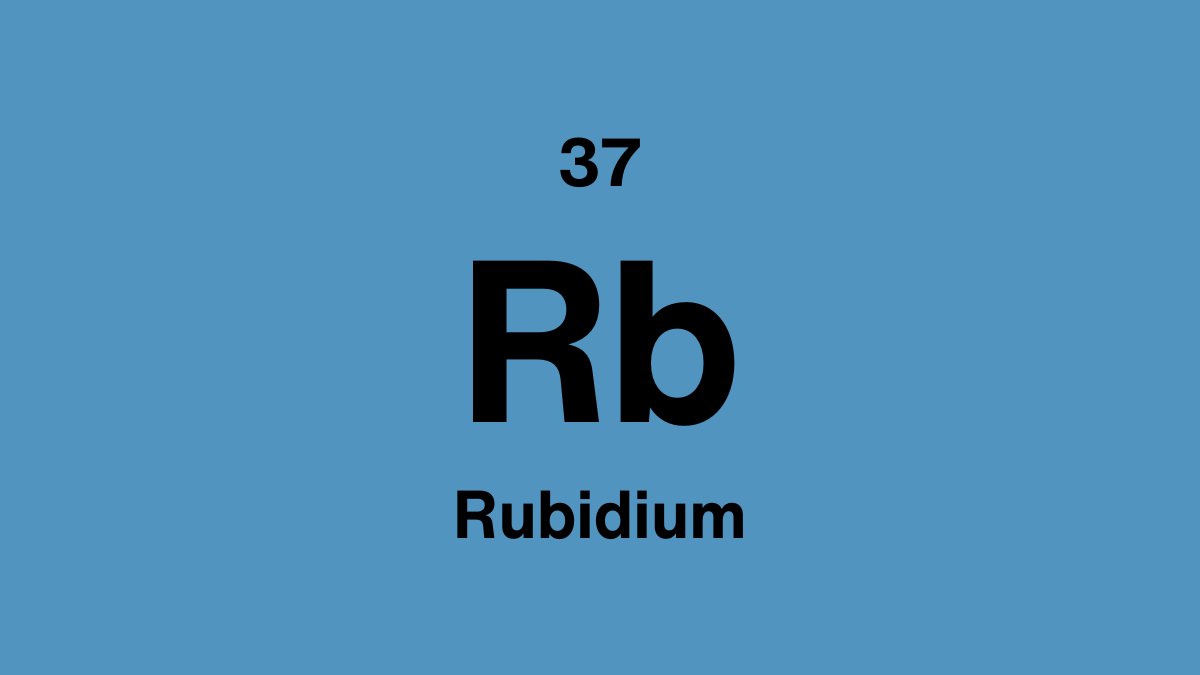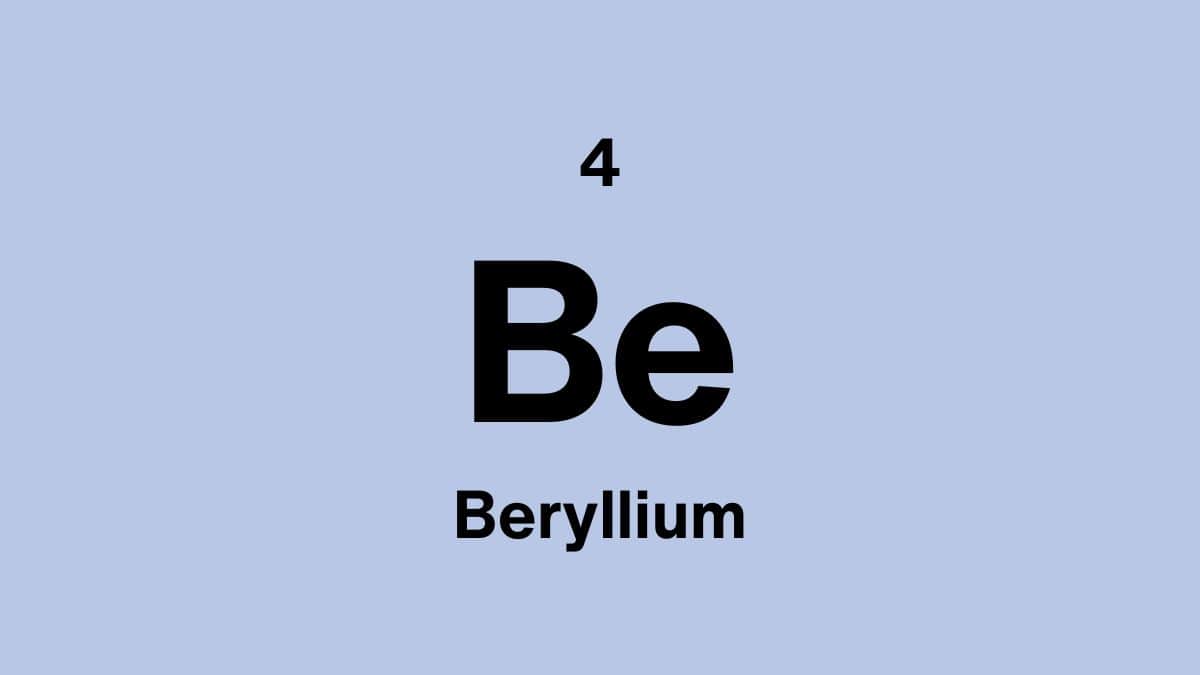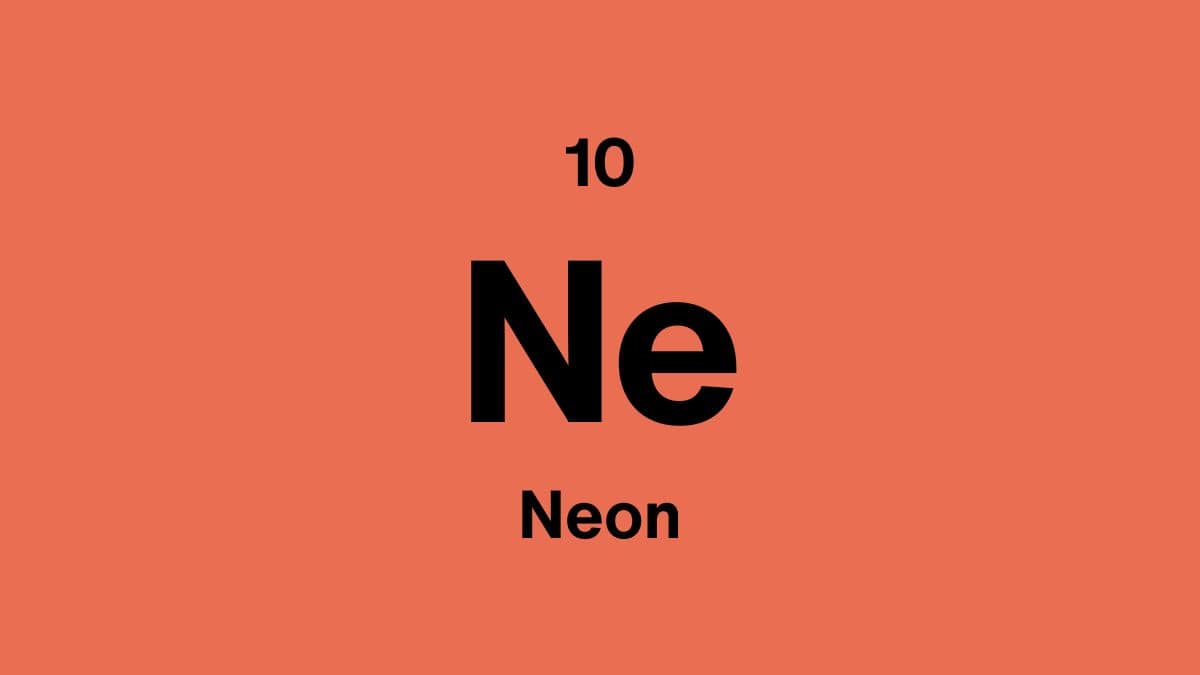Rubidium revealed: The reactive element that powers modern technology
Alkali metals are highly reactive, often forming compounds easily with halogens and water. They have low melting points, soft textures, and metallic luster. Rubidium is particularly reactive, making it valuable in specialized applications, including atomic research and electronics. Its unique chemical properties also enable its use in precision devices such as atomic clocks.
In this article, we explore rubidium's physical and chemical properties, natural occurrence, industrial uses, and scientific significance.
Properties of rubidium
| Atomic Number: | 37 |
| Atomic Symbol: | Rb |
| Atomic Weight (amu): | 85.468 |
| Electronegativity: | 0.82 |
| Melting point: | 39.31°C | 102.76°F | 312.46K |
| Boiling point: | 688°C | 1270°F | 961K |
What does rubidium look like?
Rubidium is a soft, silvery-white metal with a metallic sheen. It is so soft that it can be cut with a knife and tarnishes rapidly in air due to its high reactivity with oxygen and moisture. Its appearance is typical for alkali metals, with a reflective surface that dulls quickly when exposed to air.
Will we ever run out of rubidium?
Rubidium is not abundant in the Earth's crust but is found in trace amounts in minerals. Its availability depends on mining and extraction from secondary sources. While it is rare, current reserves and efficient recovery methods ensure supply for specialized applications.
Responsible management of rubidium extraction and use is essential for technology and research industries that rely on this reactive metal.
Can rubidium be recycled?
Yes, rubidium can be recovered from chemical residues and used in laboratories and specialized glass production. Recycling helps reduce demand for primary sources and supports safe handling.
Where can rubidium be found?
Rubidium occurs in small amounts in minerals such as:
- Leucite
- Pollucite
- Albite and other potassium-rich minerals
Major production occurs in countries with cesium and lithium mining operations, such as Canada and Zimbabwe, often extracting rubidium as a byproduct of potassium or lithium processing.
Is rubidium expensive?
Rubidium is moderately expensive due to its rarity, high reactivity, and demand in scientific and technological applications.
Does rubidium have a biological role?
Rubidium has no known essential biological role. It is present in trace amounts in organisms but does not participate in metabolic functions. Its primary significance is in research and industrial applications.
What is pure rubidium used for?
- Atomic Clocks: Rubidium atoms are used in highly accurate atomic clocks for navigation, telecommunications, and scientific purposes.
- Specialty Glass: Rubidium is used to manufacture glass with enhanced optical properties, including infrared-transmitting and laser-grade glass.
- Research and Electronics: Rubidium compounds are used in quantum computing, photoelectric cells, and other laboratory applications.
- Pyrotechnics: Rubidium salts are sometimes used to produce violet-colored flames in fireworks.
What are the main compounds with rubidium?
- Rubidium Chloride (RbCl) : Used in research, atomic physics, and chemical synthesis.
- Rubidium Oxide (Rb2O) : Employed in specialty glass and chemical applications.
- Rubidium Hydroxide (RbOH) : A strong base used in chemical research and industrial processes.
- Rubidium Nitrate (RbNO3) : Used in pyrotechnics and laboratory experiments.
Who discovered rubidium?
Rubidium was discovered in 1861 by German chemists Robert Bunsen and Gustav Kirchhoff. They detected its bright red spectral lines using flame spectroscopy, naming it after the Latin word "rubidus" meaning deep red.
Is rubidium dangerous?
Rubidium is highly reactive, especially with water, and can ignite spontaneously. It must be handled with care, stored under inert atmospheres, and used in controlled laboratory settings to prevent fires or explosions.
Fun facts about rubidium
- Rubidium salts create violet-colored flames, which are used in fireworks and flame tests.
- Rubidium is used in some atomic clocks, providing precision timing for GPS and scientific instruments.
- Natural rubidium is slightly radioactive due to the isotope Rb-87, which has a very long half-life.
- Rubidium reacts violently with water, producing hydrogen gas and heat that can ignite the hydrogen.
Scientific data verified from RSC, Britannica, and the Minerals Education Coalition.



